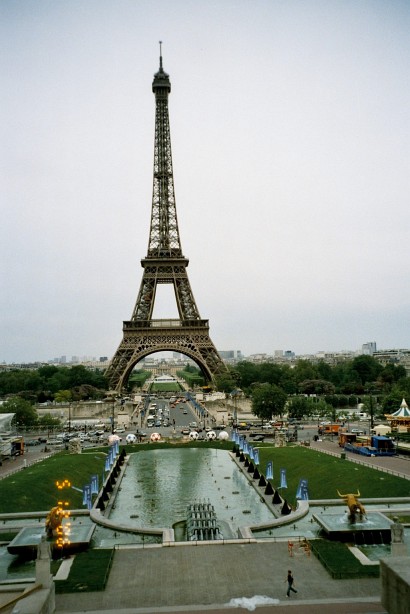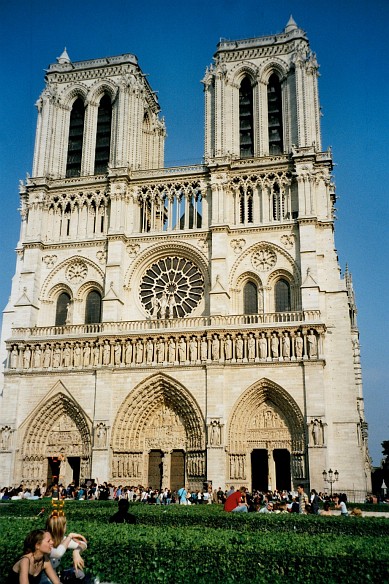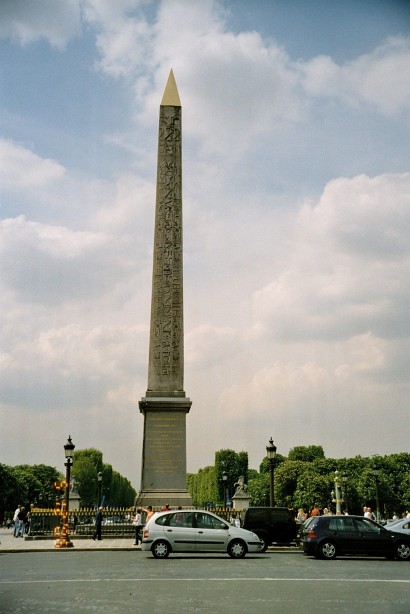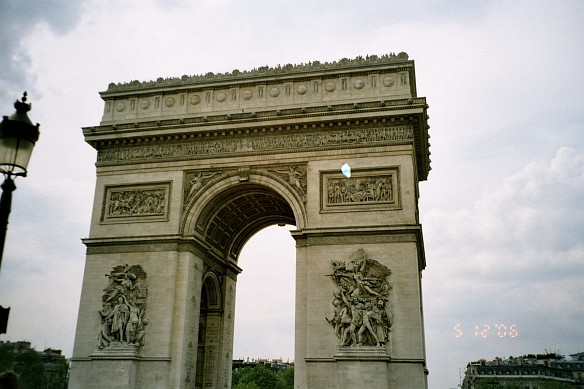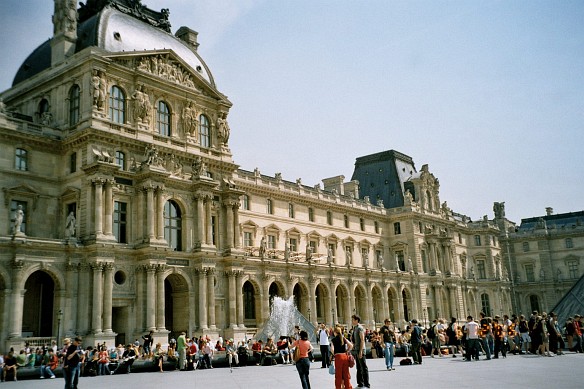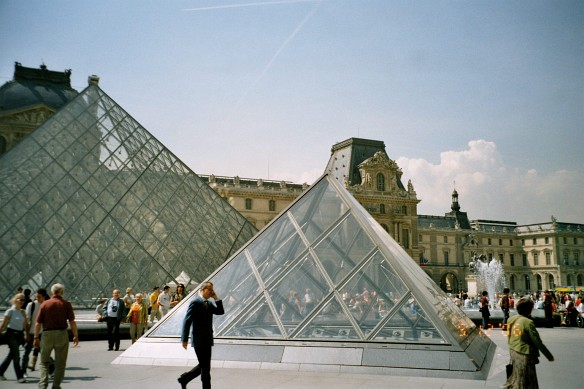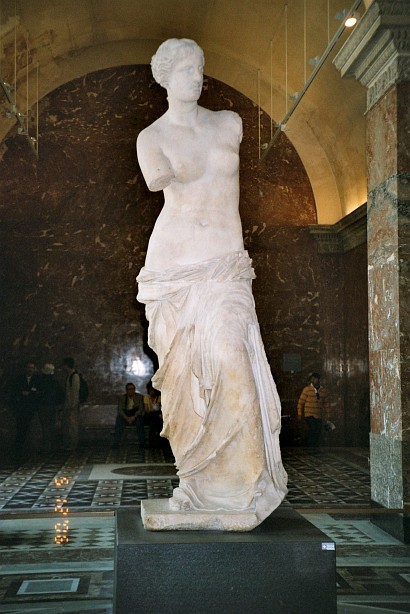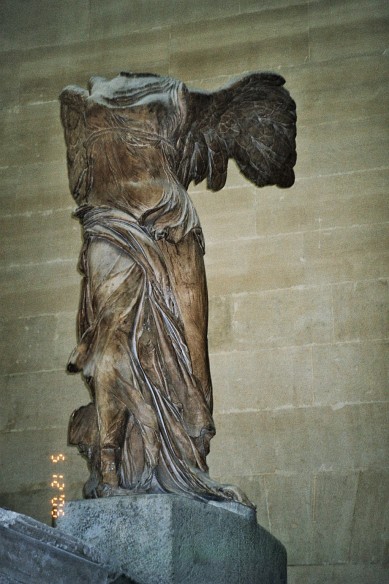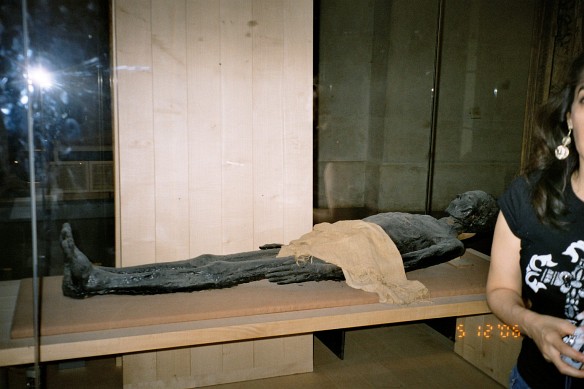FRANCE: the famous monument in the world.. The Eiffel Tower & Paris with Louvre Museum
Paris on the banks of the Seine stretches from Saint-Chapelle and the Notre Dame in the east to the Eiffel Tower in the west.
Along this kilometers long route one can find many of the main treasures of the French capital.
http://eu.cyberdusk.pl/yd/mediawiki/index.php?title=France_-_Paris
The Eiffel Tower
The most famous monument in the world (317 metres, 10,100 tonnes). Built by Gustave Eiffel in 1889 for the Universal Exhibition of which it was the star.
Along this kilometers long route one can find many of the main treasures of the French capital.
http://eu.cyberdusk.pl/yd/mediawiki/index.php?title=France_-_Paris
The Eiffel Tower
The most famous monument in the world (317 metres, 10,100 tonnes). Built by Gustave Eiffel in 1889 for the Universal Exhibition of which it was the star.
Cathedral Notre Dame and Sainte Chapelle
The Notre Dame is one of the eldest monuments: it's construction dates from the 12th century.
Place de la Concorde & Obélisque de Luxor
The Place de la Concorde, the largest place in Paris, was constructed by Jacques Ange Gabriel, Louis XV's architect. Construction began in 1754 and was completed in 1763.
It was called the Place Louis XV.
Obélisque de Luxor was given by the viceroy of Egypt, Mohamed Ali, to Louis Phillipe. The obelisk, 22.83 meters high and weighing 230 tons, which marked the entrance to the Amon temple at Luxor, was installed in 1836. Hittorf completed the decoration of the place between 1833 and 1846. The obelisk is at the center of an oval whose two centers are fountains constructed at the same period.'''
It was called the Place Louis XV.
Obélisque de Luxor was given by the viceroy of Egypt, Mohamed Ali, to Louis Phillipe. The obelisk, 22.83 meters high and weighing 230 tons, which marked the entrance to the Amon temple at Luxor, was installed in 1836. Hittorf completed the decoration of the place between 1833 and 1846. The obelisk is at the center of an oval whose two centers are fountains constructed at the same period.'''
Arc de Triomphe
Commissioned in 1806 by Napoleon, shortly after his victory at Austerlitz, it was not finished until 1836. There are four huge relief sculptures at the bases of the four pillars. These commemorate The Triumph of 1810 (Cortot); Resistance , and Peace (both by Etex); and The Departure of the Volunteers, more commonly known by the name La Marseillaise.
